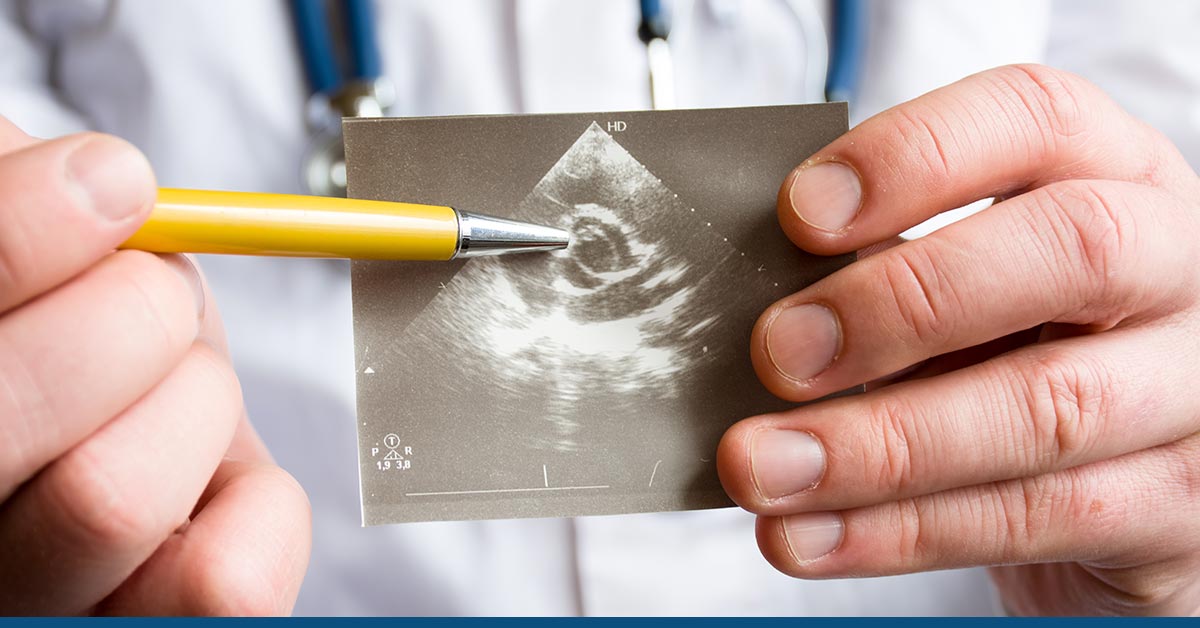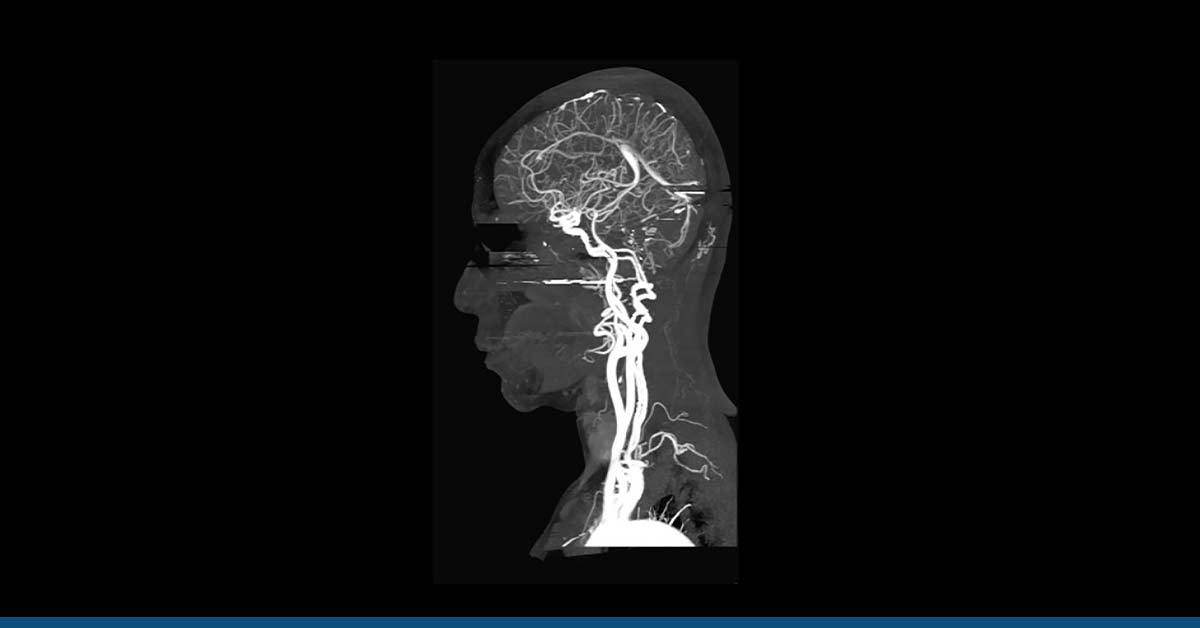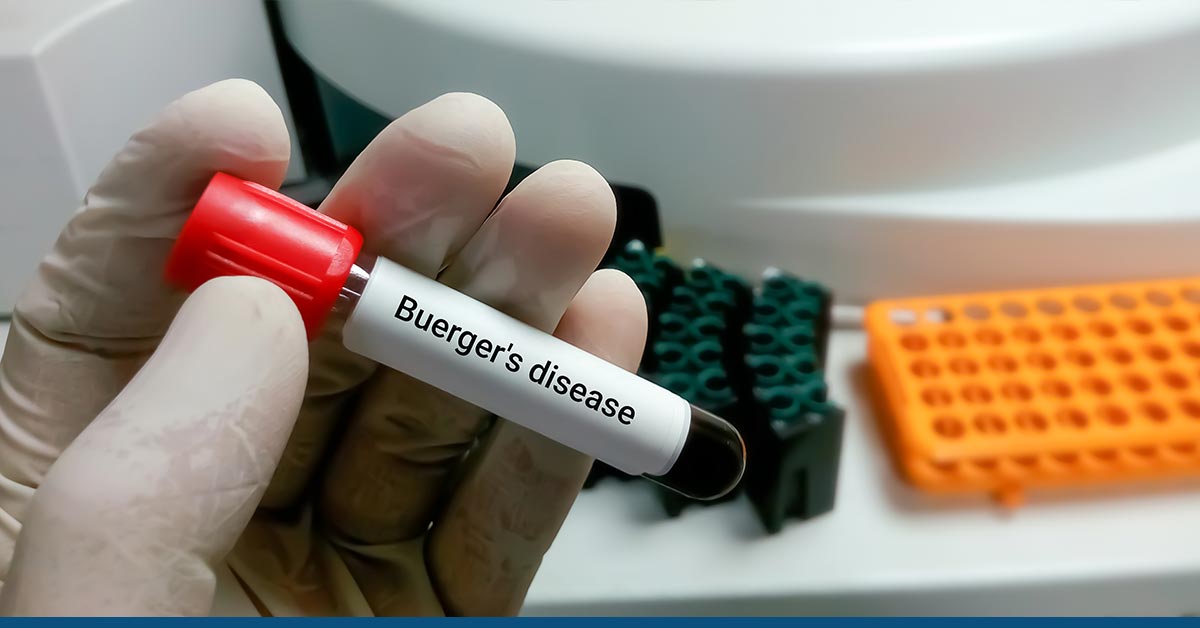Chronic Venous Hypertension, also known as Chronic Venous Insufficiency, is a medical condition in which there is poor blood flow in the veins, particularly in the legs, due to damaged or weakened vein walls and valves. This leads to blood accumulation in the veins, causing them to become enlarged, twisted, and sometimes painful.
Venous hypertension is a term used to describe high blood pressure in the veins, which can be caused by various factors, including damage to the vein walls and valves, obesity, pregnancy, and prolonged periods of standing or sitting. Venous hypertension in the legs is a specific type of venous hypertension that occurs when the veins in the legs are affected.
If you suspect that you have venous hypertension or chronic venous insufficiency, it is important to consult with a healthcare professional. Early diagnosis and treatment can help manage symptoms and prevent complications.
Table of Contents
ToggleWhat Causes Chronic Venous Hypertension
Several factors can contribute to the development of Chronic Venous Hypertension, particularly in the legs. These include:
- Damaged or weakened vein walls: The walls of the veins in the legs can become weakened due to age, genetics, or injury. When the vein walls are damaged, they may stretch and become less elastic, leading to blood pooling and increased pressure.
- Valve dysfunction: Valves in the veins are responsible for preventing blood from flowing backward. If these valves become damaged or weakened, blood can flow backward and accumulate in the veins, leading to increased pressure.
- Obesity: Being overweight or obese can put extra pressure on the veins, particularly in the legs. This can make it more difficult for blood to flow properly and can contribute to the development of Chronic Venous Hypertension.
- Prolonged standing or sitting: Sitting or standing for long periods can make blood flow difficult, particularly in the legs. This can lead to increased pressure in the veins and can contribute to the development of Chronic Venous Hypertension.
- Pregnancy: During pregnancy, blood volume in the body increases, which can put extra pressure on the veins, particularly in the legs. Hormonal changes during pregnancy can also weaken the vein walls and valves, contributing to the development of Chronic Venous Hypertension.
- Other factors contributing to the development of Chronic Venous Hypertension include a family history of the condition, smoking, and a sedentary lifestyle.
What are The Symptoms of Chronic Venous Hypertension
Chronic Venous hypertension in the legs can cause various symptoms that can vary in severity. Some of the most common symptoms include:
- Swelling: Also known as edema may be mild or severe and can occur in one or both legs.
- Pain: The pain may be dull or sharp and may be worse when standing or walking.
- Heaviness or fatigue: Many people may experience a feeling of heaviness or fatigue in the affected leg(s). This can make it difficult to stand or walk for long periods.
- Itching or burning: Some people may experience itching or burning sensations in the affected leg(s).
- Skin changes: Chronic Venous Hypertension can cause changes to the skin on the legs, including discoloration, thickening, and the development of ulcers.
- Varicose veins: E enlarged and twisted veins seen under the skin. They are a common symptom of Chronic Venous Hypertension in the legs.
How is Chronic Venous Hypertension Diagnosed
Here are some of the most common methods used to diagnose Chronic Venous Hypertension:
- Medical history: Your healthcare professional will likely ask you about your symptoms, any risk factors you may have for the condition, and your family history of venous disease.
- Physical examination: Your healthcare professional will perform a physical exam, paying particular attention to your legs. They may look for visible signs of venous hypertension, such as varicose veins or changes in the color or texture of your skin.
- Doppler ultrasound: A noninvasive test that uses sound waves to create images of your veins and the blood that flows through them. This test can help identify blockages or valve dysfunction contributing to Chronic Venous Hypertension.
- Venogram: A venogram is a more invasive test that involves injecting a special dye into your veins and taking X-ray images to help visualize the blood flow and any blockages or valve dysfunction.
- Other tests: In some cases, tests such as a CT scan or MRI may help diagnose Chronic Venous Hypertension or rule out other conditions.
A Case Study of Chronic Venous Hypertension
Jane Smith (name changed for privacy), a 55-year-old woman, has been experiencing swelling and pain in her left leg for several months. She initially attributed the symptoms to her age and dismissed them as normal for getting older. However, her symptoms worsened over time, and she started experiencing shortness of breath and chest pain.
Jane’s daughter, who works in the healthcare industry, recommended that she schedule an appointment with her doctor to check her symptoms. During her appointment, her doctor suspected Chronic Venous Hypertension and referred her to a specialist at a local hospital for further evaluation.
Jane underwent a Doppler ultrasound at the hospital, revealing significant blockages in her left leg veins. The specialist diagnosed her with Chronic Venous Hypertension and prescribed appropriate treatment, including compression stockings and lifestyle changes.
However, during a follow-up appointment a few weeks later, Jane mentioned that she was still experiencing chest pain and shortness of breath. The specialist ordered further testing from HG Analytics, which revealed a blood clot in her heart. Thanks to the early diagnosis of Chronic Venous Hypertension, the specialist could identify the blood clot in time and treat it before it caused a heart attack or stroke.
Jane credits her early diagnosis of Chronic Venous Hypertension for saving her life. Without the diagnosis and subsequent treatment, she may not have sought further medical attention for her chest pain and shortness of breath, which could have led to a potentially fatal heart attack or stroke.
She now makes regular appointments with her doctor and specialist to manage her Chronic Venous Hypertension and prevent further complications.
This case study showcases the importance of early diagnosis and treatment of Chronic Venous Hypertension and how it can save lives.
It also emphasizes the need for individuals to seek medical attention if they experience any unusual symptoms, even if they believe them to be normal for their age or lifestyle.





